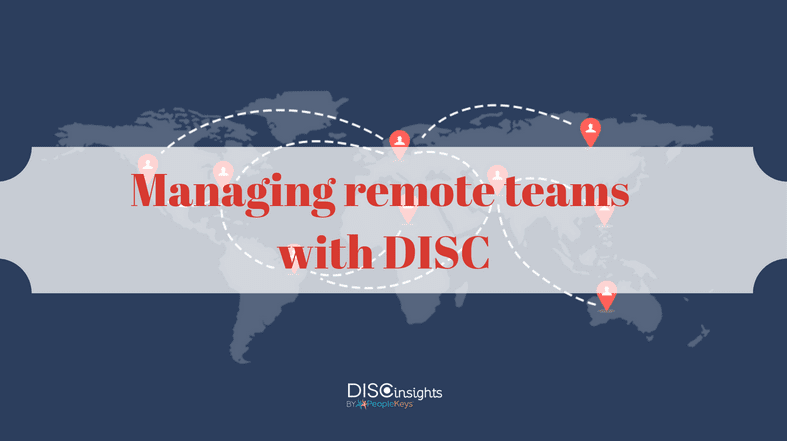
Bell Labs Study Delivers Connectivity and Support Intel for Service Providers
PREVIOUSLY PUBLISHED TO TMCNET’S NEXTGEN VOICE
Faced with issues in connectivity, families are competing for signal strength in powering their personal and shared devices through Wi-Fi signals. Bell Labs (News – Alert) recently released a study, informing consumers that simplifying digital home networks will lead to easier connectivity and reduce the need for technical assistance or home service repairs. Now, all fingers are pointing to the service provider, who currently holds all the cards to innovation.
In fact, skyrocketing service costs and rising monthly service fees are directly associated with complexity on consumer gateways. Instead, Bell Labs proposes that service providers can reduce operating costs by simply creating virtual gateways within a cloud and reduce operating costs by 40 percent.
While residential gateways are critical to home networks and connecting consumers to the Internet, they are somewhat old-fashioned and can be streamlined into a simpler format. This format will alleviate network congestion and allow consumers to connect multiple devices at higher speeds than they have ever experienced in a home-based network.
According to Alcatel-Lucent (News – Alert), “A virtualized residential gateway (vRGW) addresses this issue by moving functions like IP routing and Network Address Translation (NAT) into the cloud, along with centralized management and control.”
Through “always-on” technology, our devices are said to demand more than 100 mbps of speed in just synching our data. Meanwhile, there are many households that are lucky enough to get 1 mbps out of their Wi-Fi connection through some of the Nation’s most popular service providers. Congestion leads to failure and has increased the cost of in-home tech support, impacting the overall pricing of service.
Leveraging network function virtualization has a great adventure ahead of itself, as service providers will first need to adopt this concept and then work to quickly integrate this technology into the cloud and connect directly to individual systems. The solution is already available on the market with new capabilities due in early 2016.
“This is critical to operationalize the rapid introduction of new features and automate the delivery of new value added services for the home network, without having the necessity to upgrade the customer premises equipment,” states Enrique Hernandez-Valencia, Consulting Director at Bell Labs.
This move is said to lower costs tremendously and allow end-users to better understand the signal flow and process of their connection, as it relates to their in-home gadgets and devices. Service fulfillment, alone, will drop by anywhere between 7 and 12 percent. It is also said to speed up process for set up, activation and install.
This means no more waiting three days in a row for a technician to show up between 1 and 4 P.M.
Because over 40 percent of users are reporting connection issues related to something within the network, itself, techs will now be able to make repairs service-side, easily detecting exactly where in the system these errors are occurring.
Presently, the system is too complex to identify root cause without actually visiting the customer’s location and inspecting the connection directly. This will save the service provider upwards of 67 percent on average.
While we might not see a price drop in servicing, we most likely won’t see increases in cost any time soon. We will also see more durable connections and – actual “lightening speed” connections.
It’s funny how long it takes some technologies to catch the attention of the world it has been spawned from. In 2013, Huawei (News – Alert) actually released to first software-defined networking (SDN) and network functions virtualization through a virtual residential gateway (vRGW), the solution for the family, as revenues started to decline for service providers and customers were beginning to lose satisfaction with their at-home connectivity.
In fact, it was in 2013 that Christian Chua, Director of the R&D Department of Huawei’s Fixed Business Department, said, “In the coming ten years, the telecom industry will experience a new round of IT-based transformations. As this happens, ICT convergence and innovation will expand into various fields of the telecom industry.”
Almost three years later, we are finally seeing movement into this direction. Three years have passed and businesses chose to lose revenue by not keeping up with simple solutions.
Now that cloud-based technologies are everywhere, perhaps it is now we can relax to a nice movie on our smart TV without lag, glitch or loss in connectivity. Perhaps now, our last minute papers will actually be handed in on time. Here’s to the future!
Follow the link to learn how “Virtualized Residential Gateway is The Path to the Future.”


